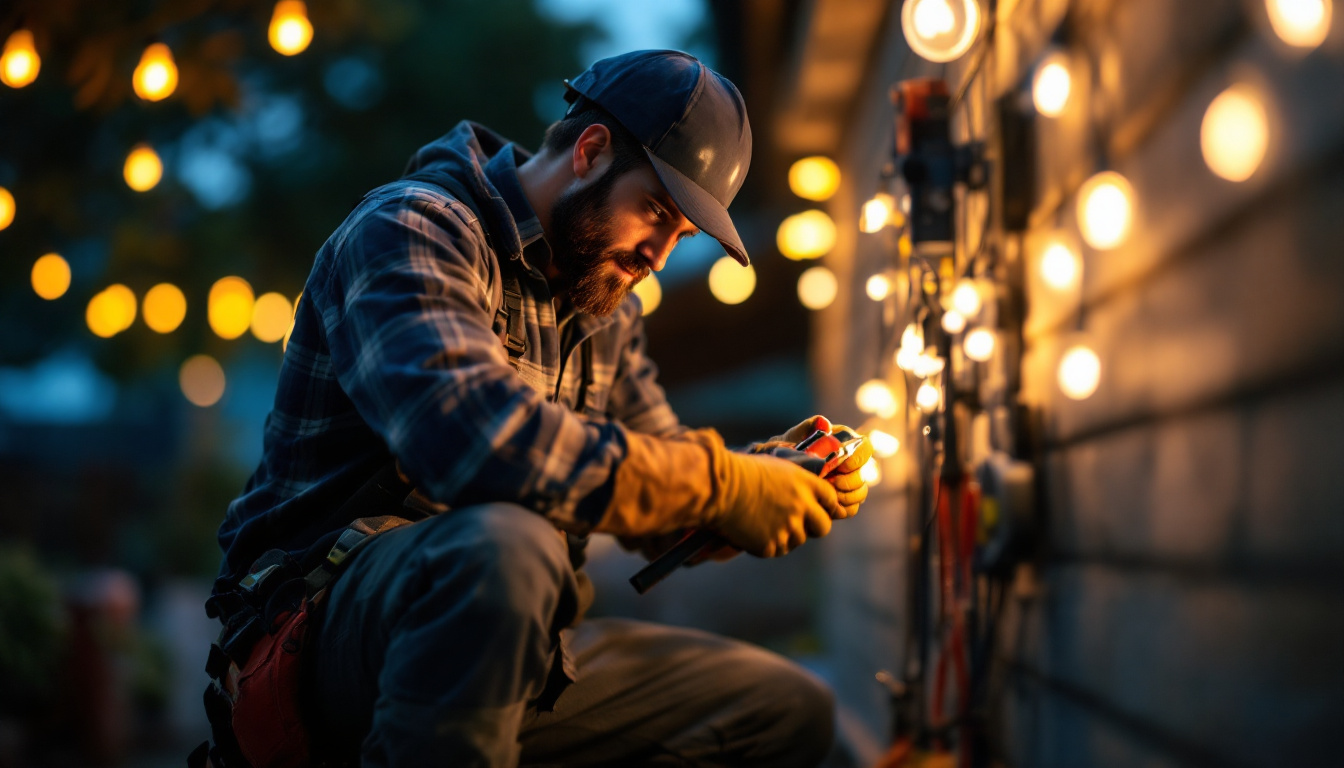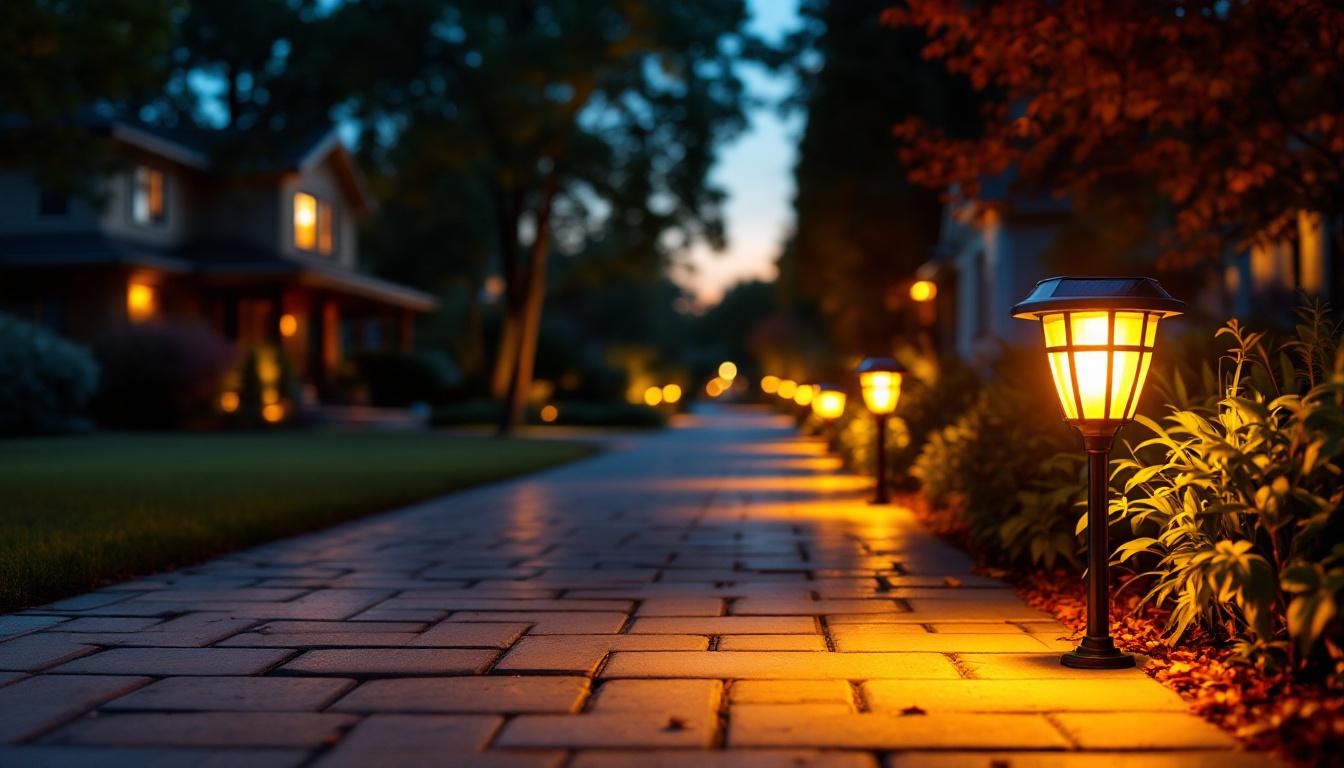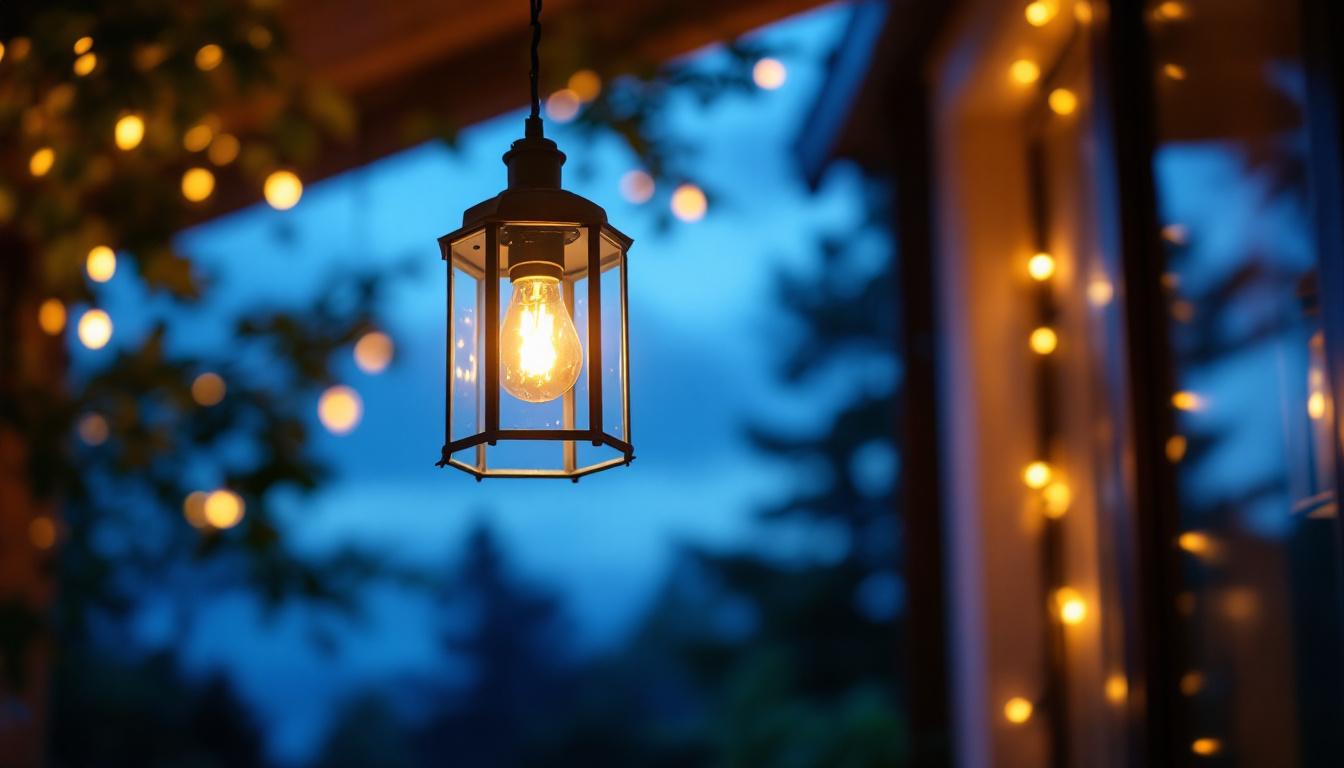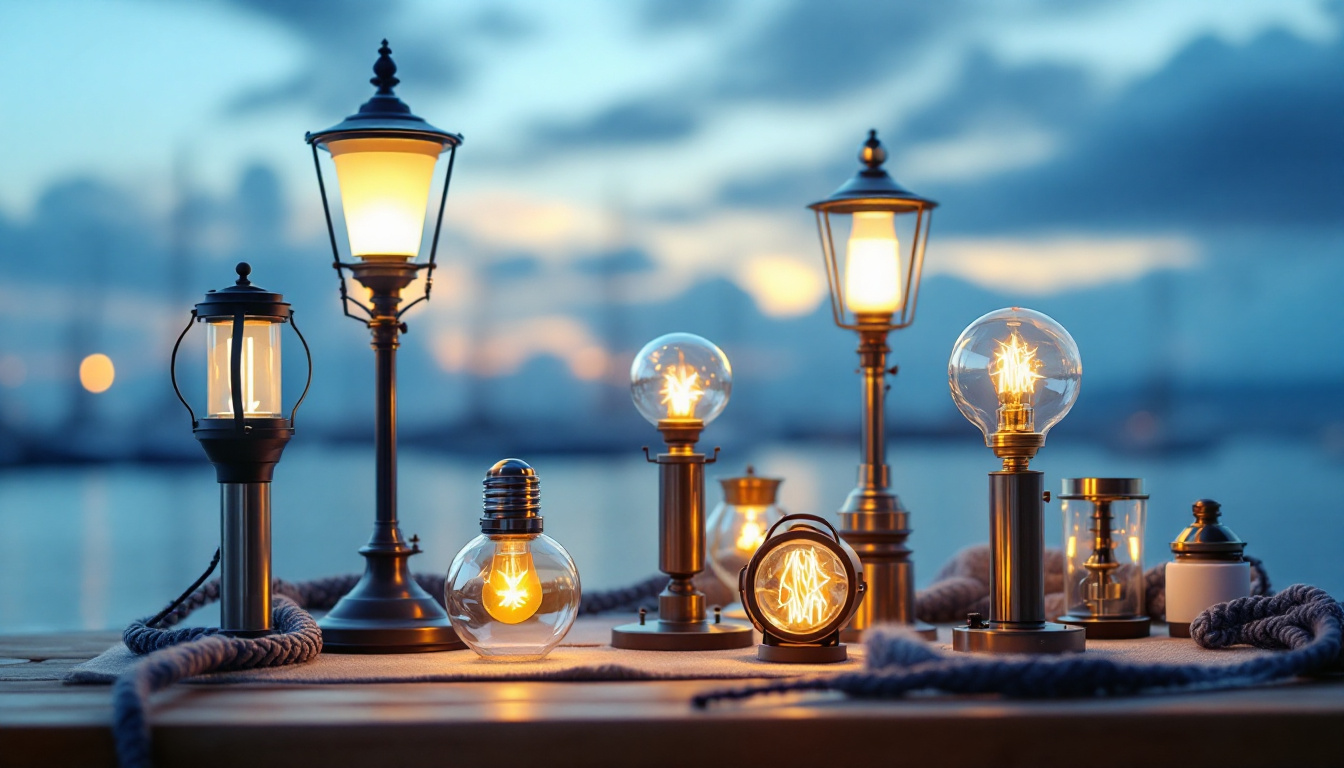
As the demand for outdoor lighting solutions continues to grow, lighting contractors are increasingly turning to LED strip lights as a versatile and energy-efficient option. However, working with low voltage LED strip lights, especially when hardwiring them outdoors, comes with its own set of challenges and considerations. This article outlines essential do’s and don’ts to help lighting contractors navigate the installation process effectively and safely.
LED strip lights are flexible circuit boards populated with light-emitting diodes (LEDs). They are available in various colors, brightness levels, and lengths, making them suitable for a range of outdoor applications, from accent lighting to task lighting. Understanding the specifications and capabilities of these lights is crucial for successful installation.
When selecting LED strip lights for outdoor use, it’s important to consider the type. There are typically two categories: waterproof and non-waterproof. Waterproof LED strips are encased in a protective coating, making them ideal for areas exposed to moisture. Non-waterproof strips, while more affordable, should only be used in dry, sheltered locations.
Additionally, LED strip lights come in various voltage ratings, with low voltage (12V or 24V) being the most common for outdoor applications. Low voltage systems are safer to work with and can be powered by transformers, making them suitable for residential and commercial projects alike. It’s also worth noting that some LED strips are designed with built-in connectors, facilitating easier installation and reducing the need for additional wiring, which can save both time and effort during setup.
LED strip lights offer numerous advantages, particularly for outdoor settings. They are energy-efficient, consuming significantly less power than traditional lighting solutions. This efficiency translates to lower utility bills and a reduced environmental footprint. Moreover, LED strip lights have a longer lifespan, meaning fewer replacements and maintenance tasks over time. Their durability also makes them resistant to shocks and vibrations, which is particularly beneficial in outdoor environments where conditions can be unpredictable.
Another benefit is their versatility. They can be cut to length, allowing for customized installations that fit specific project requirements. This adaptability makes them an attractive option for lighting contractors looking to meet diverse client needs. Furthermore, many LED strip lights are compatible with smart home systems, enabling users to control brightness, color, and timing through mobile applications or voice commands. This integration not only enhances user convenience but also allows for creative lighting designs, such as dynamic color changes that can set the mood for outdoor gatherings or events.
To ensure a successful installation of outdoor hardwired low voltage LED strip lights, contractors should adhere to several best practices. These do’s will help streamline the process and enhance the overall quality of the project.
Investing in high-quality LED strip lights, connectors, and wiring is essential. Cheaper materials may save costs initially but can lead to failures, flickering, or even safety hazards down the line. Look for products that are rated for outdoor use and have a good warranty. This investment not only ensures a reliable installation but also enhances the contractor’s reputation for quality work.
Moreover, consider the long-term benefits of using superior materials. High-quality LED lights often come with better energy efficiency, which can lead to lower utility bills for clients over time. Additionally, premium materials tend to have longer lifespans, reducing the frequency of replacements and repairs. By choosing the best products, contractors can foster trust with their clients and encourage repeat business through positive referrals.
Before starting the installation, take the time to plan the layout thoroughly. Consider the areas that require lighting and how the strips will be mounted. Use design software or sketches to visualize the placement. This planning phase should also include consideration for power sources, ensuring that the transformer can handle the total wattage of the installed lights.
Additionally, think about the aesthetic aspects of the layout. The goal is to create an inviting atmosphere while providing adequate illumination. Pay attention to how the light will interact with surrounding features, such as landscaping or architectural elements. Incorporating dimmable options can also enhance the versatility of the lighting, allowing clients to adjust the ambiance for different occasions, from lively gatherings to quiet evenings.
Compliance with local electrical codes is non-negotiable. These codes are designed to ensure safety and reliability in electrical installations. Familiarize yourself with the relevant regulations in your area, including requirements for low voltage systems. This knowledge will help avoid potential legal issues and ensure that installations are safe for end-users.
Additionally, obtaining the necessary permits before starting work can prevent delays and complications. Always prioritize safety and compliance to protect both the contractor and the client. Regularly updating your knowledge on electrical codes and standards can also set you apart from competitors, showcasing your commitment to professionalism and safety in every project you undertake. Engaging in continuing education or workshops can further enhance your skills and keep you informed about the latest advancements in lighting technology and installation techniques.
While there are many best practices to follow, there are also several pitfalls to avoid. Understanding these don’ts can save time, money, and headaches during the installation process.
One of the most common mistakes in LED strip light installations is overloading the circuit. Each LED strip has a maximum wattage rating, and exceeding this limit can lead to overheating and potential fire hazards. Always calculate the total wattage of the strips being used and ensure that the transformer and wiring can handle the load.
To prevent overloading, consider using multiple transformers if necessary. This approach allows for better distribution of power and reduces the risk of circuit failure.
LEDs generate some heat during operation, and while they are more efficient than traditional bulbs, proper heat management remains crucial. Ensure that the LED strip lights are installed in a way that allows for adequate airflow. Avoid placing them in enclosed spaces without ventilation, as this can lead to overheating and reduced lifespan.
Using heat sinks or aluminum channels can help dissipate heat effectively, prolonging the life of the LED strips. This consideration is especially important in areas with high ambient temperatures.
Outdoor installations are exposed to various weather conditions, making it essential to protect the components adequately. Avoid using non-waterproof strips in outdoor settings, as moisture can damage the lights and create safety hazards.
Utilizing weatherproof connectors and junction boxes is also crucial. These components help prevent moisture ingress and ensure that the electrical connections remain secure and functional over time. Investing in weather protection measures can save contractors from costly repairs and replacements in the future.
Beyond the do’s and don’ts, there are specific installation tips that can enhance the overall success of the project. These practical suggestions can help lighting contractors achieve professional results.
When installing LED strip lights, the mounting technique can significantly impact the final appearance and functionality. Use appropriate mounting hardware, such as clips or adhesive backing, to secure the strips in place. Ensure that the surface is clean and dry before applying adhesive to achieve a strong bond.
For added durability, consider using silicone sealant around the edges of the strips to protect against moisture and dust. This extra step can enhance the longevity of the installation, particularly in harsh outdoor environments.
Before completing the installation, it’s crucial to test the entire system. Turn on the lights to ensure they function correctly and that there are no flickering or dimming issues. Testing allows for the identification of any problems before the project is finalized, saving time and resources on future troubleshooting.
Additionally, take the time to adjust the positioning of the lights if necessary. Ensuring that the lights are evenly distributed and properly angled can make a significant difference in the overall effectiveness of the lighting design.
Documentation is often overlooked but is a vital part of any installation project. Keep a record of the materials used, the layout plan, and any modifications made during the installation. This documentation can be invaluable for future maintenance or if issues arise later on.
Furthermore, providing clients with a brief overview of the installation process and care instructions can enhance their satisfaction and confidence in the work performed. This transparency fosters trust and can lead to repeat business or referrals.
Installing outdoor hardwired low voltage LED strip lights presents both opportunities and challenges for lighting contractors. By adhering to the outlined do’s and don’ts, contractors can ensure a successful installation that meets client expectations while prioritizing safety and compliance. With careful planning, quality materials, and attention to detail, the potential for creating stunning outdoor lighting designs is limitless.
As the industry continues to evolve, staying informed about the latest trends and technologies in LED lighting will further enhance a contractor’s ability to deliver exceptional results. Embracing best practices and avoiding common pitfalls will not only improve project outcomes but also contribute to the overall growth and reputation of the contractor in the competitive lighting market.
Ready to elevate your lighting installations with the best in low voltage LED strip lights? Look no further than LumenWholesale, where we provide lighting contractors with the highest quality, spec-grade lighting products at unbeatable wholesale prices. Say goodbye to local distributor markups and hello to superior lighting that fits your budget. With our vast selection that meets rigorous industry standards, you can trust that your outdoor lighting projects will shine with reliability and performance. Plus, with free shipping on bulk orders, you’ll enjoy the ultimate convenience without any hidden fees. Don’t compromise on quality or value—choose LumenWholesale for all your lighting needs. Wholesale Lighting at the Best Value is just a click away!

Discover essential insights and practical tips for lighting contractors looking to enhance their projects with solar driveway lighting.

Discover how exterior hanging lights can transform your outdoor spaces into stunning, well-lit havens.

Discover the ultimate guide to ceiling lights with our comprehensive article, covering styles, installation tips, energy efficiency, and design trends to illuminate your space perfectly..

Explore the advantages and drawbacks of using vehicle wire running tools for lighting contractors.